How To Declutter A Living Room — 7 Easy Ways to Keep This High-Traffic Area Clutter-Free For Good
Professional organizers give us the lowdown on decluttering and what you can do to maintain your space


Living rooms are among the most clutter-prone spaces in an average home. As the room where people typically spend time together, enjoy entertainment, or play with their kids in the absence of a playroom, it's no wonder the space is filled with stuff.
It's normal to feel overwhelmed when things begin to pile up. That's why it's important to remember that a living room is designed to be lived in, and with living often comes signs of life — including clutter. Decluttering room by room is the best way to keep everything under control, tackling one space and its stressors at a time.
I asked professional organizers how they would go about decluttering a living room, as well as how to keep it decluttered so you can breathe a sigh of relief. Here's what they had to say about it.
1. Assess your space

At the moment, it may seem like everything is everywhere, especially if you have a small living room: there's a hurricane of toys, random dishes from last night's snacks, and some water bottles, mostly empty, strewn next to the bin where they didn't quite make it inside.
Taking time to mentally or physically note down what's in your space can be a great way to create an overview of your living room in your mind as well as gauge where excess items may be coming from — a common culprit of clutter in a space.
Jamie Hord, Founder of Horderly Professional Organizing, says, "It's important to make sure everything in your living room has a use and purpose." So, when you cast an eye over the space, try asking yourself these three questions: "when I look around the living room, does it contain everything my ideal living room needs?", "when I stand in the living room, is there anything that catches my eye and causes stress?", and "when I first enter the living room, where does my line of vision go?".
Entering the room as if you're walking in for the first time after asking yourself these questions can help you reset your living room. From there, make a list of everything you need and love to have in your living room, as well as one of anything notable that you want to remove. The 6-pack of magnetic notepads for refrigerators from Walmart is a cute, efficient way to keep track of your home improvements.
2. Work category by category

After you have a better idea of what you want in your living room, it's time to begin sifting through your items category by category to see if anything can be subtracted.
Decluttering doesn't necessarily mean you have to let anything go: clutter can come from many places, including having a surplus, but it can also stem from lacking good organizational systems or letting items from other rooms accumulate in a different space.
But in the majority of cases, people most likely have a few duplicates, broken items, or unneeded items in their lives that will find a better home once donated. Home organizers even say there are a few things in your living room you should toss and certain items you should never store in a living room at all.
To categorize your items, create piles of the following: soft furnishings, games/entertainment, decor, books/paperwork, and miscellaneous items as a starting point. If there's anything else you have many of which can be collected together to form a new category, make it to help yourself break down what you own.
From here, split each category into three piles to guide you in deciding what to keep in the space, what to discard or donate, and what doesn't belong in the living room and needs to be relocated. Doing this will bring each item to your attention and cause you to evaluate its place and purpose.
3. Make sure everything has a home
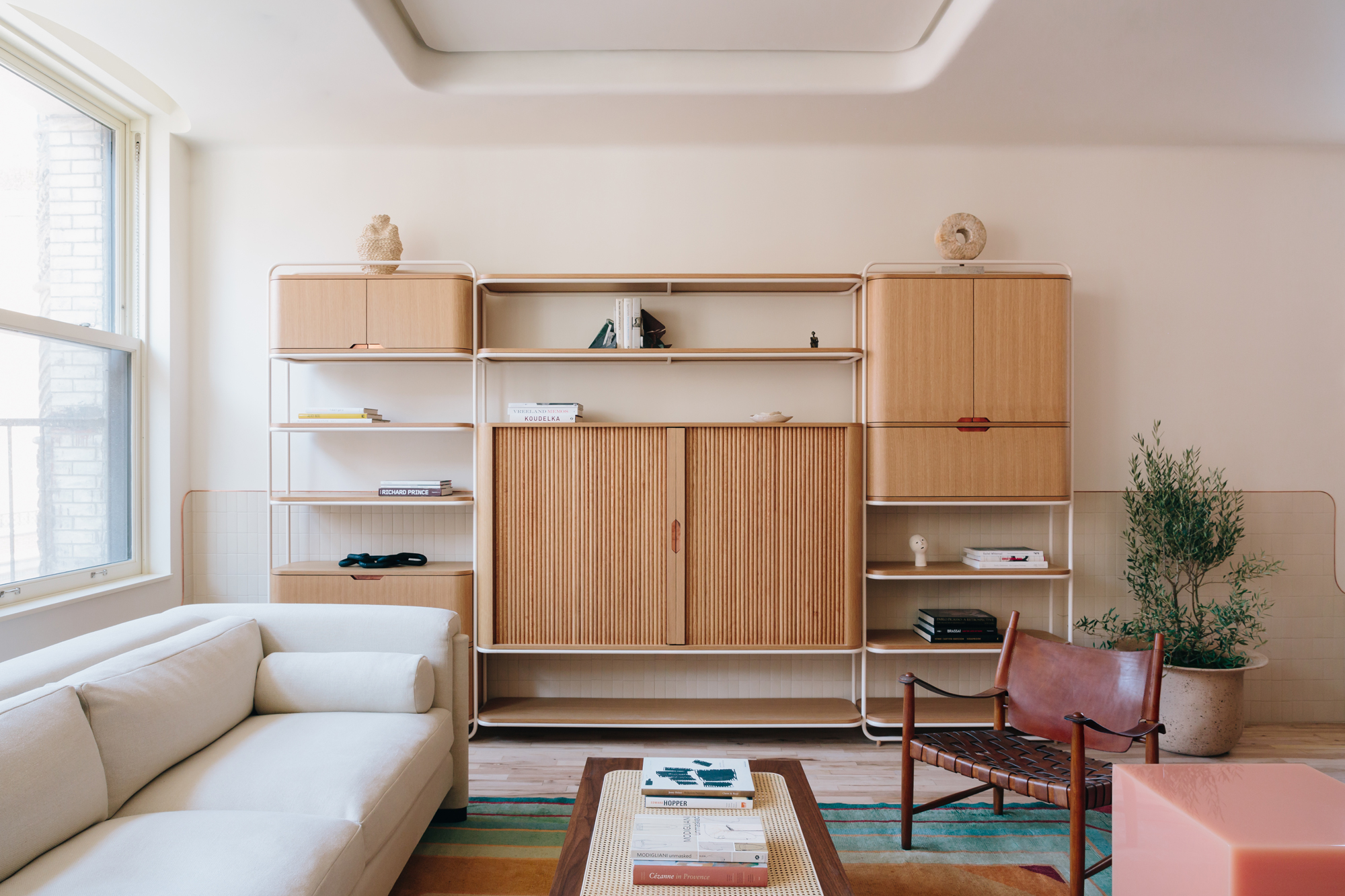
Ensuring that all of your living room items have a home is the key to being one of the people with a clutter-free living room. It may not sound like it at first, as it appears more like organizing and tidying up, but when everything has a designated space, it's less likely to become clutter.
"If there is something you want to keep in your living room, make sure there is a proper home for it," says Jamie. "A living room can easily get cluttered if you don't have a proper home for everything to live, especially as the living room is a place in the home where people often spend a lot of their time."
Pick a cupboard for your board games, a shelf for books, a place in front of the television for the remote to live — whatever and wherever makes sense for you will work, but what won't is modeling your living room ideas to fit the lifestyle of someone else.
If it helps you can label shelf or drawer space with something like the avery rectangular colored labels from Walmart. This would be great to help people (including children) get into the routine of putting their stuff away in the correct space. Designating storage baskets like the 13" decorative coiled rope baskets from Target as homes for items in your living room can prove effective, too.
4. Use multi-pupose furniture
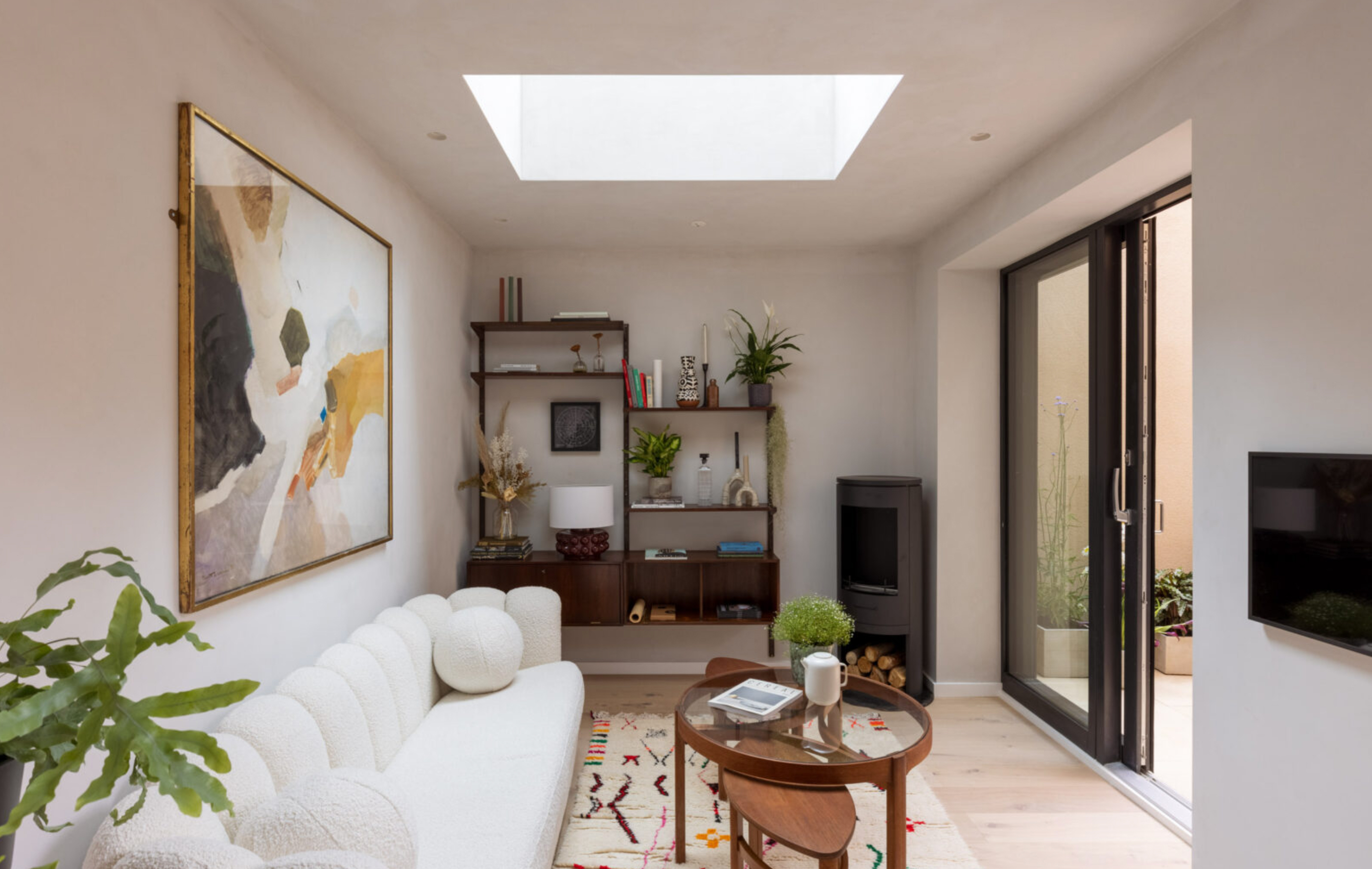
If you're lacking in storage for your essential living room items and find them feeling cluttered around the space, we recommend considering practical, multipurpose furniture pieces, such as versatile storage benches and ottomans, as well as deeper shelving units to boost your living room's storage capacity.
Cheryl Arzewski and Jordan Marks, co-owners of It's Organized, LLC, say, "This is a great time to use furniture to help you declutter. A storage ottoman is an amazing place to store your stuff, including bulky blankets and pillows."
The Orviston button-tufted rectangle storage benches from Wayfair are simple, stunning, and will fit perfectly into the aesthetic of many living rooms. I particularly like the navy version, as it's vibrant and regal.
Deeper shelving units, like the NUMENN 5-tier bookshelf from Amazon, in combination with hidden storage, guarantee that your items will all fit onto your shelves.
5. Optimize your wall space

If your living room walls aren't covered by tall shelves or an abundance of artwork, there are certain ways to use verticle storage which can help you declutter your space and display what you love.
"Getting as many items off the floor as possible will help your living room to feel less cluttered," say Cheryl and Jordan. "For example, if you play the guitar, think about using a wall mount instead of a floor stand." The string swing guitar wall mount pack on Amazon meets 'Amazon's Choice' category and makes for the perfect instrument holder.
"Another option, instead of displaying lots of pictures on a mantel, consider using the wall space and mounting them on the wall so the surfaces are empty," add Cheryl and Jordan.
6. Think about the living room layout

Perhaps what's making your living room feel or look cluttered isn't so much about stuff, but rather the space's layout leading to mistakes that are making your living room feel cluttered. For instance, if you have large, bulky sofas and giant shelves in a smaller, duller-lit living space, it will inevitably feel more cramped.
So, take some time to assess whether the furniture in your living room is right and whether you have enough. If you do, take time to consider whether it's sitting in the best possible area.
"Make sure the layout of the living room makes sense and is providing proper flow and movement to the space," says Jamie. "A better layout can sometimes make all the difference in a living room."
7. Keep your shelves and displays simple

Everyone of course has their own tastes, so if you adore maximalism and displaying everything you love in the living room we're all for it.
But if you're trying to create a visually quiet, clutter-free living room that feels more minimalist and uncluttered, less will be more in terms of displays and decor.
"We recommend keeping your shelves and displays simple" say Cheryl and Jordan. "Less decorative items will keep the room feeling less cluttered."
FAQs
What should I remove first when decluttering a living room?

Cheryl Arzewski and Jordan Marks, co-owners of It's Organized, LLC, suggest focusing on the following three items when initially decluttering your living room.
"TOYS! We love our kids, but their stuff goes everywhere. It’s hard to relax at the end of the day when you’re surrounded by piles of toys. So we suggest loading them into a storage basket first and putting them back in a play space or bedroom, or hidden storage in the living room (i.e. a basket or storage ottoman) so you can sit back and relax.
"Remove any glasses and plates daily as well. For clients with kids, we often suggest keeping a good size basket with a lid in the space. At the end of the night, put everything in there that doesn’t belong in the living room. Then once a week, take the time to empty the basket and put those items back in their proper home."
How can I maintain a decluttered living room?
Mary Jo Contello, a certified professional organizer and the owner of Organized by MJ, suggested to us: "A great way to keep the living room decluttered is to not leave the home and/or go to bed without making sure you pick everything up from the room. Do not leave shoes, children's toys and school work et cetera in the room. This way, decluttering can be done in only a few minutes and won't turn into a larger, more unapproachable task."
Be The First To Know
The Livingetc newsletters are your inside source for what’s shaping interiors now - and what’s next. Discover trend forecasts, smart style ideas, and curated shopping inspiration that brings design to life. Subscribe today and stay ahead of the curve.

Ciéra is a writer and regional laureate with particular passions for art, design, philosophy and poetry. As well as contributing to Livingetc, she's an Editorial Assistant for Design Anthology UK and a contributing writer for Homes & Gardens and Apartment Therapy. Previous commendations of hers include being Highly Commended by The Royal Society of Literature and receiving a prestigious MA Magazine Journalism scholarship to City, University of London.
-
 The 'New British' Style? This Victorian London Home Embraces Its Owners' Global Background
The 'New British' Style? This Victorian London Home Embraces Its Owners' Global BackgroundWarm timber details, confident color pops, and an uninterrupted connection to the garden are the hallmarks of this relaxed yet design-forward family home
By Emma J Page
-
 Muji Living Room Ideas — 5 Ways to Harness The Calming Qualities of This Japanese Design Style
Muji Living Room Ideas — 5 Ways to Harness The Calming Qualities of This Japanese Design StyleInspired by Japanese "zen" principles, Muji living rooms are all about cultivating a calming, tranquil space that nourishes the soul
By Lilith Hudson
-
 These Are the Dos and Don'ts of Bamboo Plant Placement — Follow This to Avoid Bad Feng Shui
These Are the Dos and Don'ts of Bamboo Plant Placement — Follow This to Avoid Bad Feng ShuiBy following the experts' guidance on where to place this houseplant you can usher luck, wealth, and prosperity into your home
By Lilith Hudson
-
 Is It Okay to Have a Mirror Facing a Door in Feng Shui? The Verdict Is In and It Just Might Surprise You
Is It Okay to Have a Mirror Facing a Door in Feng Shui? The Verdict Is In and It Just Might Surprise YouDecorating your home with mirrors calls for intention if you're dressing your space in accordance with Feng Shui. Here's what you should know.
By Amiya Baratan
-
 4 Things to Unpack as Soon as You Move House — For a Comfortable and Organized Fresh Start
4 Things to Unpack as Soon as You Move House — For a Comfortable and Organized Fresh StartIf you have a major move in the works and you're looking to prepare in advance, this is the starter kit you need to properly set up your new home.
By Amiya Baratan
-
 10 Decluttering Challenges to Have on Your Radar This Year — For a Tidier, More Mindful Home
10 Decluttering Challenges to Have on Your Radar This Year — For a Tidier, More Mindful HomeIf you're interested in transforming your home for the better, here are 10 decluttering challenges I recommend for a professionally tidy space.
By Amiya Baratan
-
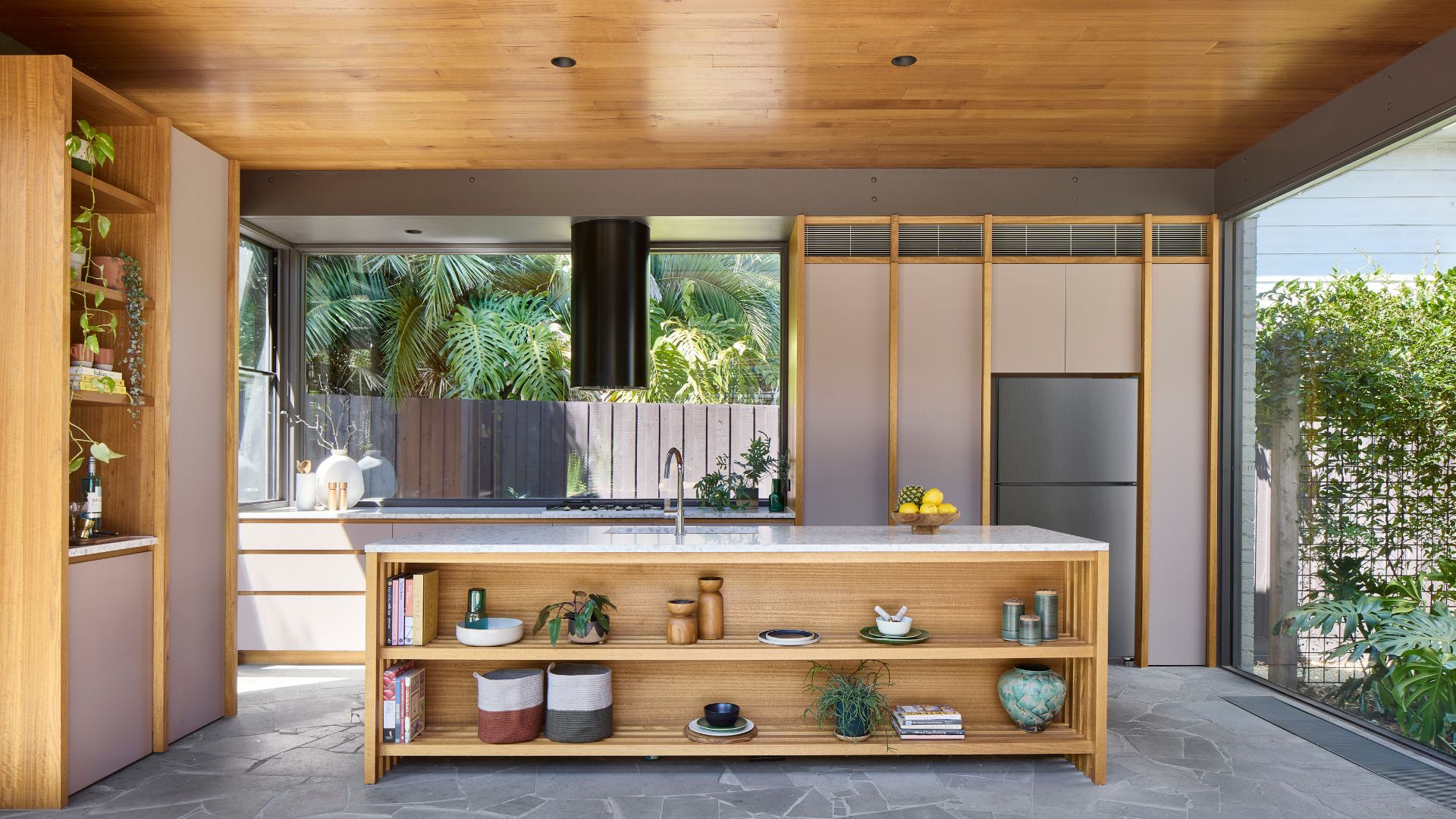 Biophilic Decluttering — What to Take Out of Your Home (and What to Put in) for a More Natural Home
Biophilic Decluttering — What to Take Out of Your Home (and What to Put in) for a More Natural HomeTry your hand at biophilic decluttering to ground your interiors, connect to the environment, and cure chronic clutter in one go. Here's how.
By Amiya Baratan
-
 The 10 Different Types of Kitchen Taps — And the Pros and Cons of Each One to Know Before You Pick
The 10 Different Types of Kitchen Taps — And the Pros and Cons of Each One to Know Before You PickFrom sleek pull-outs to vintage bridge taps, explore 10 kitchen tap styles that mix function, flair, and a splash of cool
By Linda Clayton
-
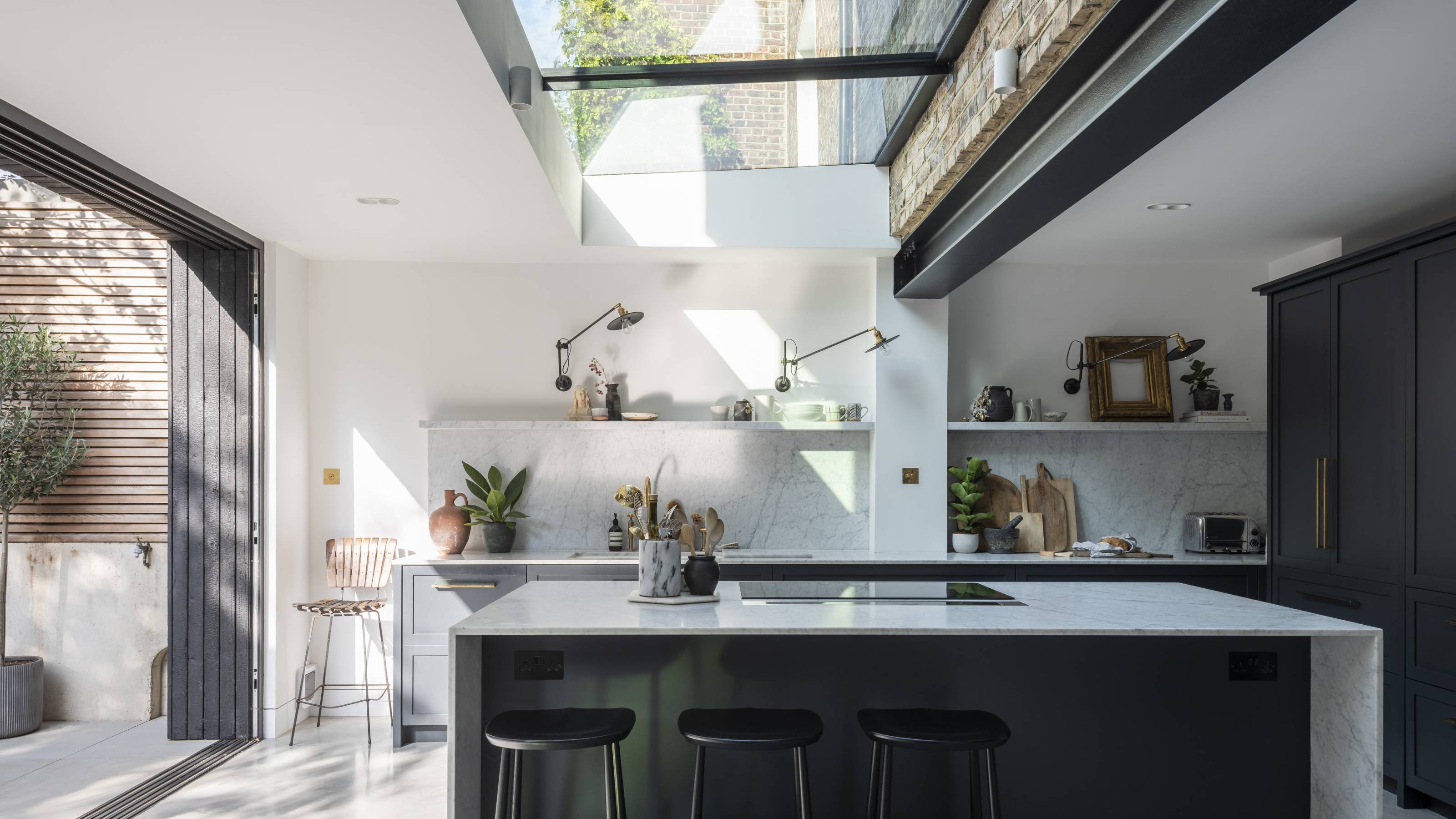 How Much Does an Extension Cost in 2025? Renovation and Design Experts Break Down Your Budget
How Much Does an Extension Cost in 2025? Renovation and Design Experts Break Down Your BudgetExplore how much different types of extensions cost in 2025 to budget for your project accurately
By Amy Reeves
-
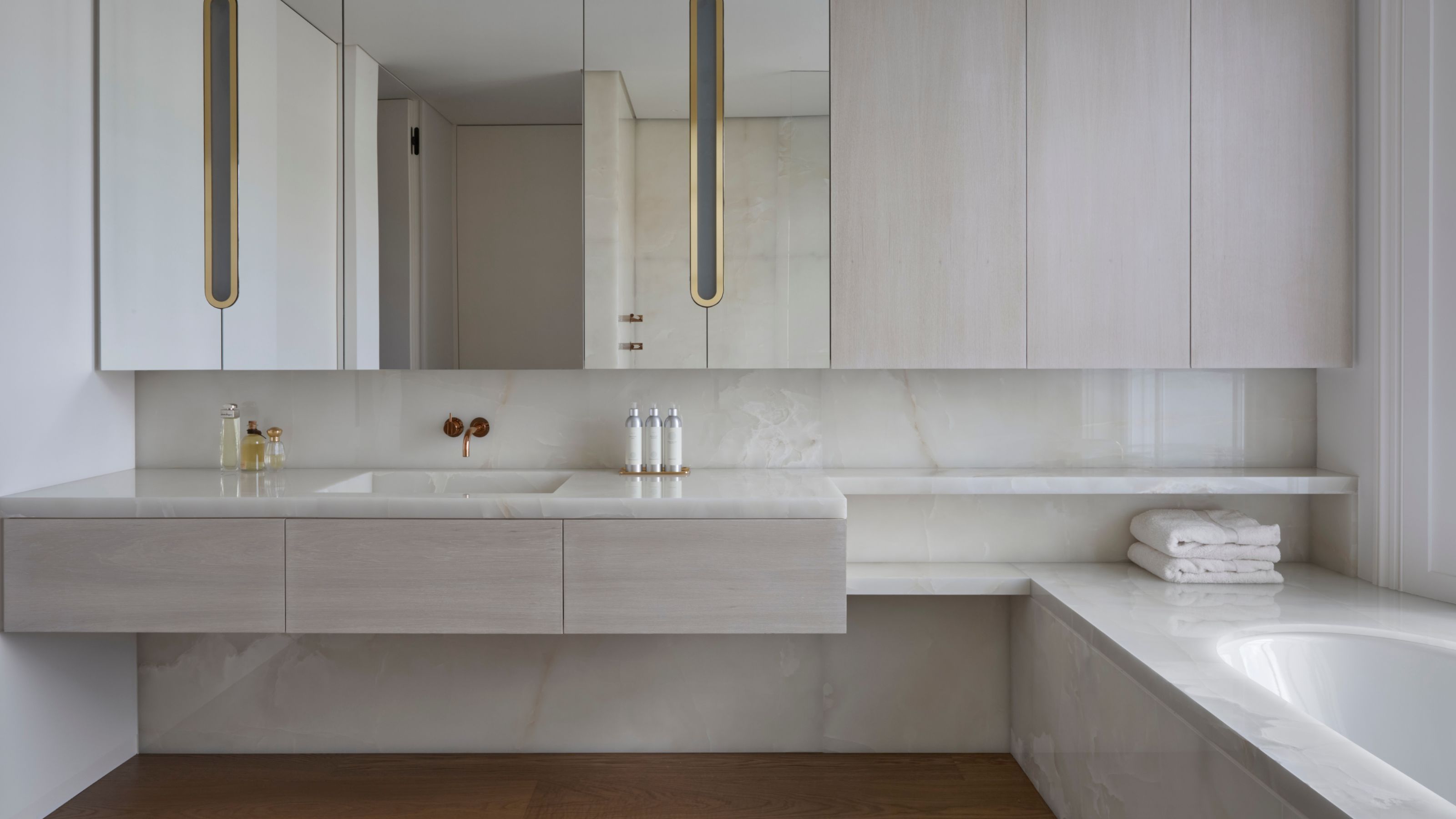 9 Bathroom Storage Mistakes You're Probably Making That Make Using This Space Much Harder — And What to Do Instead
9 Bathroom Storage Mistakes You're Probably Making That Make Using This Space Much Harder — And What to Do InsteadDiscover which mistakes are to blame for your overcrowded and cluttered bathroom
By Seraphina Kyprios